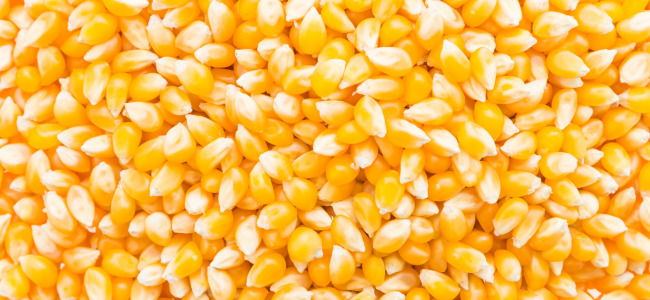It’s an exciting time of year for U.S. farmers – corn harvest is just beginning in a handful of states. The U.S. Grains Council (USGC) supports the successful export of U.S. feed grains and their co-products all the way from planting to shipment by providing timely updates on the quantity and quality of each crop.
U.S. agriculture’s reputation as a reliable source of food and fuel makes it the preferred choice for importers in countless countries, and it is the responsibility of everyone from seed suppliers to producers to transportation, storage and logistic companies to ensure U.S. grains maintain their high quality at each step of the value chain.
“Harvest season is the culmination of months of tireless work from farmers, and a reminder that the importance of crop quality cannot be understated,” said USGC Vice President Cary Sifferath. “Committing to industry best practices and easing quality concerns from importers is the best way to keep business flowing and export sales high for U.S. producers.”
Several variables can contribute to a lower-quality crop of corn, barley or sorghum. Importers keep a close eye on the percentage of damaged grains and the amount of foreign material that can accidentally find its way into shipments during harvest or transport. This is why attention to detail from everyone along the supply chain is vitally important to the industry’s reputation, since even a misstep early in the process can create lasting damage to the positive image of U.S. grains and reduce future sales. On behalf of our international customers, USGC asks everyone in the supply chain to do their best to keep various types of foreign materials out of the grain supply chain.
To aide in maintaining the strong trust and reputation U.S. grains and co-products have in the international marketplace, the Council produces annual Corn Harvest Quality Reports and Sorghum Harvest Quality Reports, released after the U.S. harvest season, and Corn Export Cargo Quality Reports, published after corn is assembled for export to overseas customers.
“The Council’s regular updates on harvest and export quality help international buyers understand the quality of U.S. corn and sorghum in the supply chain from year to year. Additionally, the international buyers and end-users really recognize and appreciate such open communication about U.S. corn and sorghum and that goes a long way in building strong and lasting relationships that benefit all parties,” Sifferath said.
Providing transparent and scientific information to customers around the world is a cornerstone of the Council’s mission to develop markets, enable trade and improve lives by making buyers feel comfortable and confident in their decision to purchase U.S. products.
About The U.S. Grains Council
The U.S. Grains Council develops export markets for U.S. barley, corn, sorghum and related products including distiller’s dried grains with solubles (DDGS) and ethanol. With full-time presence in 28 locations, the Council operates programs in more than 50 countries and the European Union. The Council believes exports are vital to global economic development and to U.S. agriculture’s profitability. Detailed information about the Council and its programs is online at www.grains.org.

